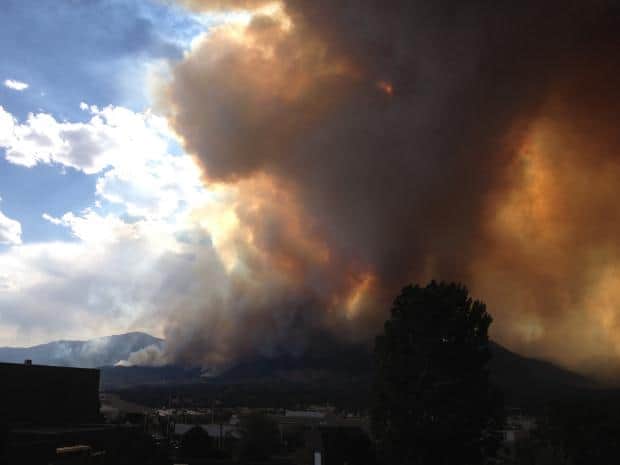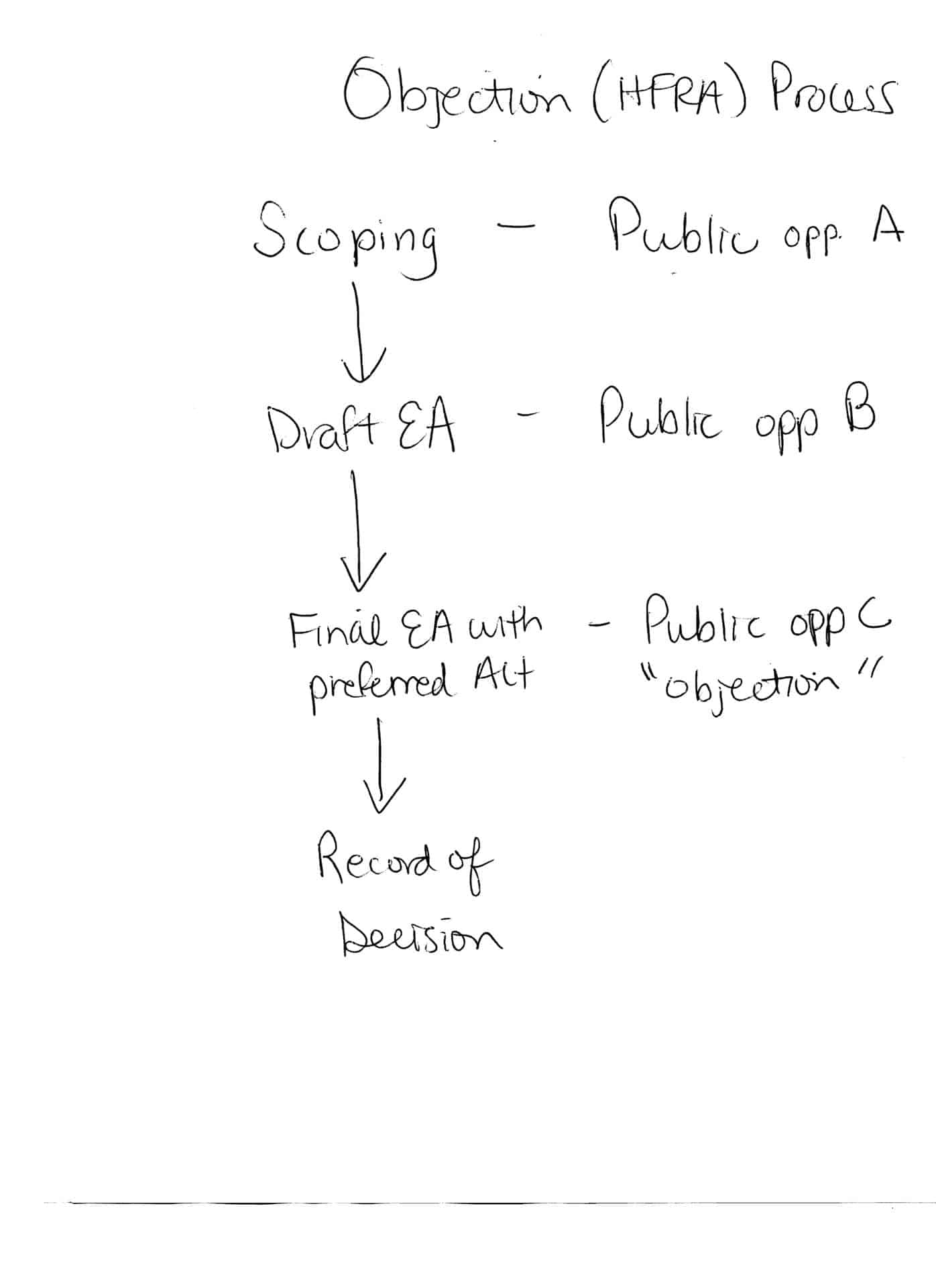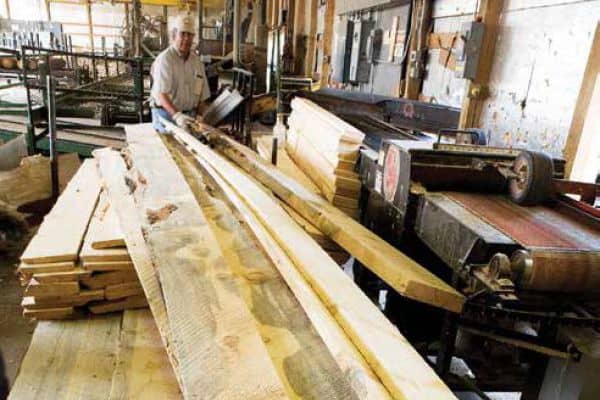Forest Service rule governing predecisional objection process published
Provides for public input prior to decision-making for many projects and activitiesWASHINGTON, March 26, 2013 – The U.S. Forest Service today announced the final rule governing the objection process for projects and activities implementing land-management plans. The final rule will be published in the Federal Register on March 27.
“This rule gives the public more effective involvement, supports our collaborative processes and will result in better decision-making,” said U.S. Forest Service Chief Tom Tidwell.
The predecisional administrative review, or objection process, will be applied under federal regulation to all projects and activities that implement land-management plans and that are documented in an environmental assessment or environmental impact statement.
The Forest Service has successfully used this objection process since 2004 for hazardous-fuel reduction projects authorized under the Healthy Forests Restoration Act.
Within the Consolidated Appropriations Act of 2012, Congress directed the Forest Service to also establish a predecisional objection process for other projects in lieu of the post-decisional appeal procedures that had been in use with those projects since 1993.
The new regulations respond to the statute by creating an objection process that applies to all authorized project proposals.
This final rule follows after a review of public comments submitted in response to the publication of the proposed rule last year. The rule is effective immediately but transition provisions will apply to projects already in the planning stage.
Here’s a link to the Federal Register notice.
Now let’s watch (and compare) the media coverage!
Extra points to journalists who ask local knowledgeable people from both sides.
A couple of comments:
We might want to start an ” adopt-a-project” effort where interested parties can follow the discussions more closely, and possibly report on them (here or elsewhere) to see how the objection process is working (transparency). Since non-local people have equal value, in some people’s thinking, I’ll be adopting projects in Montana ;).
Nothing in the rule prevents interested parties from (1) participating in project planning in such a way that they are eligible to object and therefore are notified directly when an objection filing period begins; (2) requesting copies of objections from the reviewing officer; (3) asking about a schedule of any objection resolution meetings; (4) attending objection resolution meetings
and participating at the discretion of the reviewing officer; and (5) obtaining a copy of objection
responses
Another thing I found interesting was:
Response:
The Department appreciates all of the input provided on this important subject. Since the
proposed rule was published, little has changed with the judicial or legislative
environment associated with this question. The Government’s appeal to the Ninth Circuit in the
Sequoia ForestKeeper v. Tidwell case remains pending. The Forest Service continues to comply with the nationwide injunction subjecting certain CE projects from the notice, comment, and appeal provisions of the Appeal Reform Act, issued by the U.S. District Court for the Eastern District of California on March legislation regarding this question have been introduced in Congress, nothing has been enacted. Therefore, the Department is not yet prepared to make any regulatory changes through this or any other rulemaking. The public responses received in comment on the proposed rule that pertain to this
question will be retained for consideration at an appropriate time in the future.
I wonder if the comments, or a summary, are posted somewhere…?



